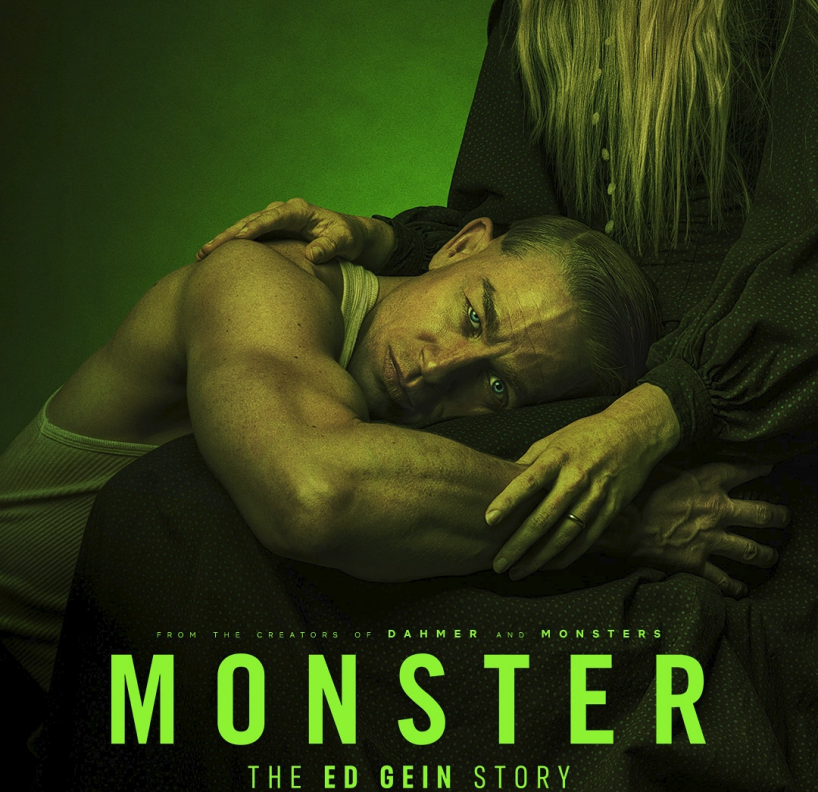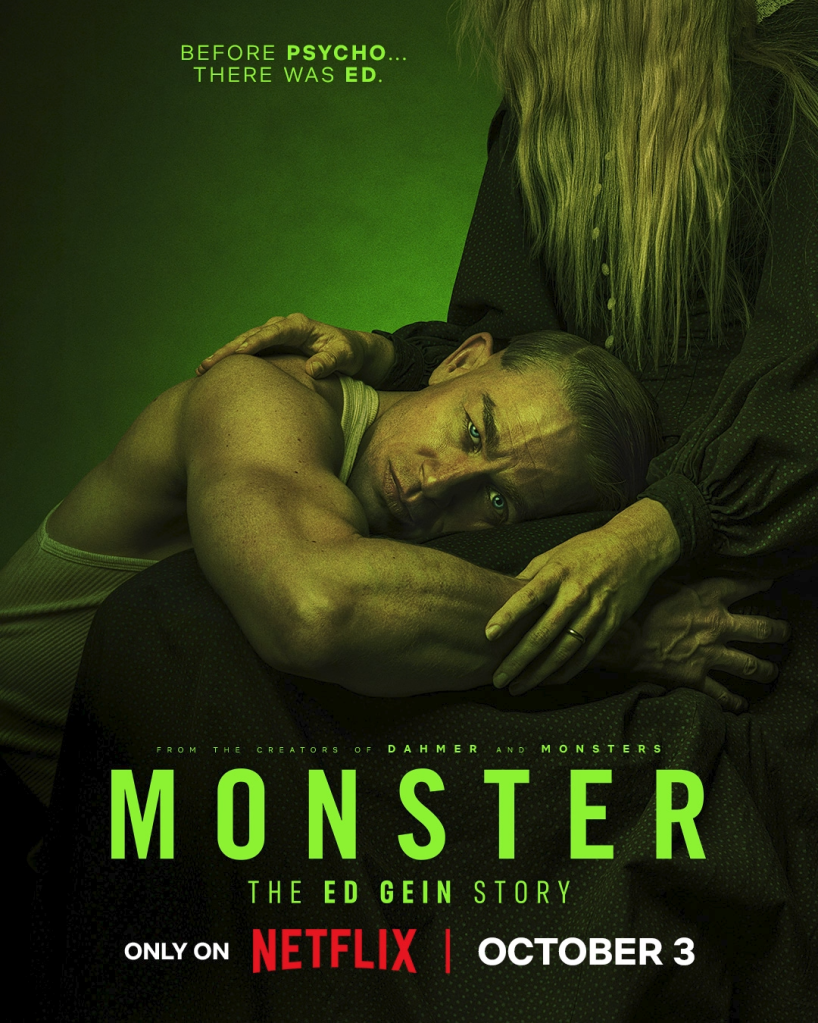Did Ed Gein kill his brother in real life? Inside Netflix’s ‘Monster: The Ed Gein Story’

Monster: The Ed Gein Story
Netflix has returned to the chilling world of true crime with the release of Monster: The Ed Gein Story, the latest project from celebrated producer Ryan Murphy. Dropping on October 3, the series takes viewers back to 1950s Wisconsin, where one of America’s most unsettling killers, Ed Gein, left a legacy so disturbing that it shaped Hollywood’s most infamous fictional villains.
Murphy, who previously created the record-breaking Monster: The Jeffrey Dahmer Story in 2022, once again draws from Wisconsin’s dark history. While Dahmer’s crimes in the late 20th century horrified the modern public, Gein’s story predates him by decades. Though Gein admitted to only two murders, his grave-robbing and grotesque use of human remains made him one of the most infamous criminals in American history.
The Real-Life Horror Behind the Screen
Gein’s notoriety came not only from his confessed killings of tavern owner Mary Hogan and hardware store manager Bernice Worden, but also from the macabre discoveries inside his Plainfield farmhouse. Police found masks made from human skin, a lampshade fashioned from flesh, and body parts assembled into household objects. These gruesome details forever linked Gein to horror films such as Psycho, The Texas Chain Saw Massacre, and Silence of the Lambs.
One of the central debates around Gein’s life—explored in the series—is the mysterious death of his brother Henry. The show dramatizes a violent confrontation between the siblings, suggesting Ed may have caused Henry’s death. In reality, Henry was discovered dead after a brush fire in 1944, and while some investigators suspected foul play, no charges were ever brought against Gein.
Portrayal on Screen
British actor Charlie Hunnam, widely recognized for his role in Sons of Anarchy, takes on the challenging task of portraying Gein. His performance has already drawn praise for its unsettling realism, reportedly based on rare audio recordings of Gein’s interviews. Alongside Hunnam, Emmy-winning actress Laurie Metcalf portrays Gein’s domineering mother, Augusta, whose harsh religious upbringing and controlling influence played a pivotal role in shaping her son’s disturbed psyche.
Other notable cast members include Lesley Manville as Bernice Worden, one of Gein’s murder victims, and Tom Hollander as Alfred Hitchcock—a creative choice that ties Gein’s real-life story to the cinematic universe his crimes inspired.
Monster: The Ed Gein Story is now streaming. pic.twitter.com/gRB6jIYbjs
— Netflix (@netflix) October 3, 2025
Fact Versus Fiction
As with Murphy’s previous work, Monster: The Ed Gein Story blends dramatization with historical fact. For instance, the series depicts Gein’s alleged relationship with a woman named Adeline Watkins. While they were acquaintances, Watkins herself later clarified that the so-called “romance” was exaggerated. She claimed their interactions were brief, lasting only several months, and denied ever visiting his infamous farmhouse.
The series also links Gein’s fascination with human skin to Nazi war criminal Ilse Koch, but historians remain unsure whether he ever studied her story in depth.
The Trials and the Aftermath
Gein’s reign of terror ended in 1957 when Bernice Worden’s body was discovered in his shed. Arrested soon after, he admitted to both her murder and Hogan’s earlier killing, though he was never formally tried for the latter. Initially found unfit to stand trial due to insanity, he spent over a decade in psychiatric institutions before eventually being convicted of Worden’s murder in 1968. Despite the guilty verdict, he was again declared legally insane and confined to Mendota Mental Health Institute, where he remained until his death in 1984.
Why Ed Gein Still Haunts Popular Culture
More than half a century later, Gein’s story continues to terrify and fascinate. His crimes created the archetype of the horror movie killer—ordinary on the outside, monstrous within. Ryan Murphy’s adaptation not only explores the man himself but also examines how his actions seeped into American pop culture, influencing books, films, and television for decades.
By revisiting Ed Gein, Netflix continues its exploration of society’s darkest figures while sparking debate on the fine line between storytelling and exploitation. One thing remains clear: the horrors discovered in Plainfield, Wisconsin, are as disturbing today as they were in 1957, and the shadow of Ed Gein continues to loom over America’s obsession with true crime.
FAQs
Q1: What is Monster: The Ed Gein Story about?
A1: The Netflix series explores the crimes of Ed Gein, a 1950s Wisconsin killer whose grave robbing and murders inspired horror classics like Psycho and The Texas Chain Saw Massacre.
Q2: Who plays Ed Gein in the Netflix series?
A2: British actor Charlie Hunnam portrays Ed Gein, delivering a chilling performance based on rare interview recordings.
Q3: Did Ed Gein kill his brother Henry?
A3: The series dramatizes this possibility, but in real life, Henry’s death in 1944 was never proven to be murder, and Gein was never charged.
Q4: How many murders did Ed Gein commit?
A4: Gein confessed to killing Mary Hogan and Bernice Worden, though his grave-robbing and use of human remains shocked the world.
Q5: Why is Ed Gein significant in horror culture?
A5: His gruesome crimes influenced the creation of iconic fictional killers in Psycho, The Texas Chain Saw Massacre, and Silence of the Lambs.


